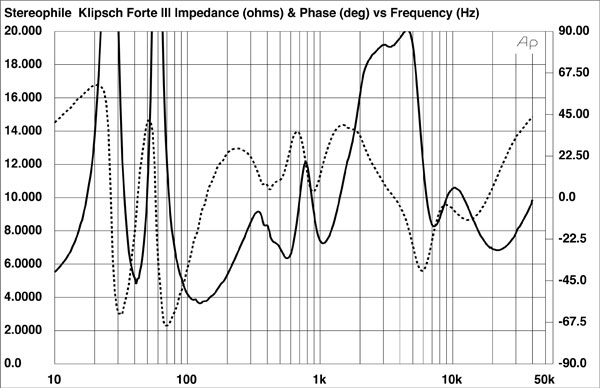Yes, this subject is often very misunderstood.
HAL has made some very good points.
Damping factor is a technical term invented by the markering department to make a typically small number, R
out, jnto a large number for th espec sheet.
To look at things in another way.
The R
out of an amplifier interacts this the impedance of a loudspeaker, which can vary wildly. Speakers with a flat impedance curve are rare if they have a crossover in them and almost no speaker will have flat impedance at the speaker resonance.
Note thatgiven cables and voice coils any damping specification above 20-40 is moot.
Today, most amplifiers have low R
out, say less than an ohm or so, and there is little affect of the impedance of speaker. Except perhaps at resonance. We talk about control, it is control of the resonant peak. There can be too much or too little.
But we see a growing interest in highish R
out amplifiers, most notably SETd, and other single ended amplifiers with little or no feedback such as the PASS ACA and the new VFET, the Firstwatt F1/F2 and a few much less known japanese and European SS amplifiers.
With these amplifiers we can look at the the affects in the bass, and higher up in frequency. These amplifiers offer less control” of the impedance and you often hear the word “boomy” associated with the use of such an amplifier with many speakers. Those speakers have been designed assumming a low R
out amplifier. The speaker has to be matched to the amp. Higher up a fraction of the speaker impedance is convolved with the FR (driven be a low R
out amp).

For instance, if you use a high R
out amp, sat a 2A3 SET, the huge peak in the impedance will be heard as a peak in the FR. Unfortunately that speaker is often recommended for those kinds of amplifiers.
Note that there are loudspeakers that expect to be driven by an amplifier with highish R
out, like the Fostex FExx6 series in any of the horns they ar ehappy in. And they do not have insignificant impedanc ebumps at the bottom but are well behaved above.
You will note my use of the term highish R
out. I am ignoring high highish R
out amplifiers which are current amplifiers. They are much rarer, and a whole subject on their own.
dave